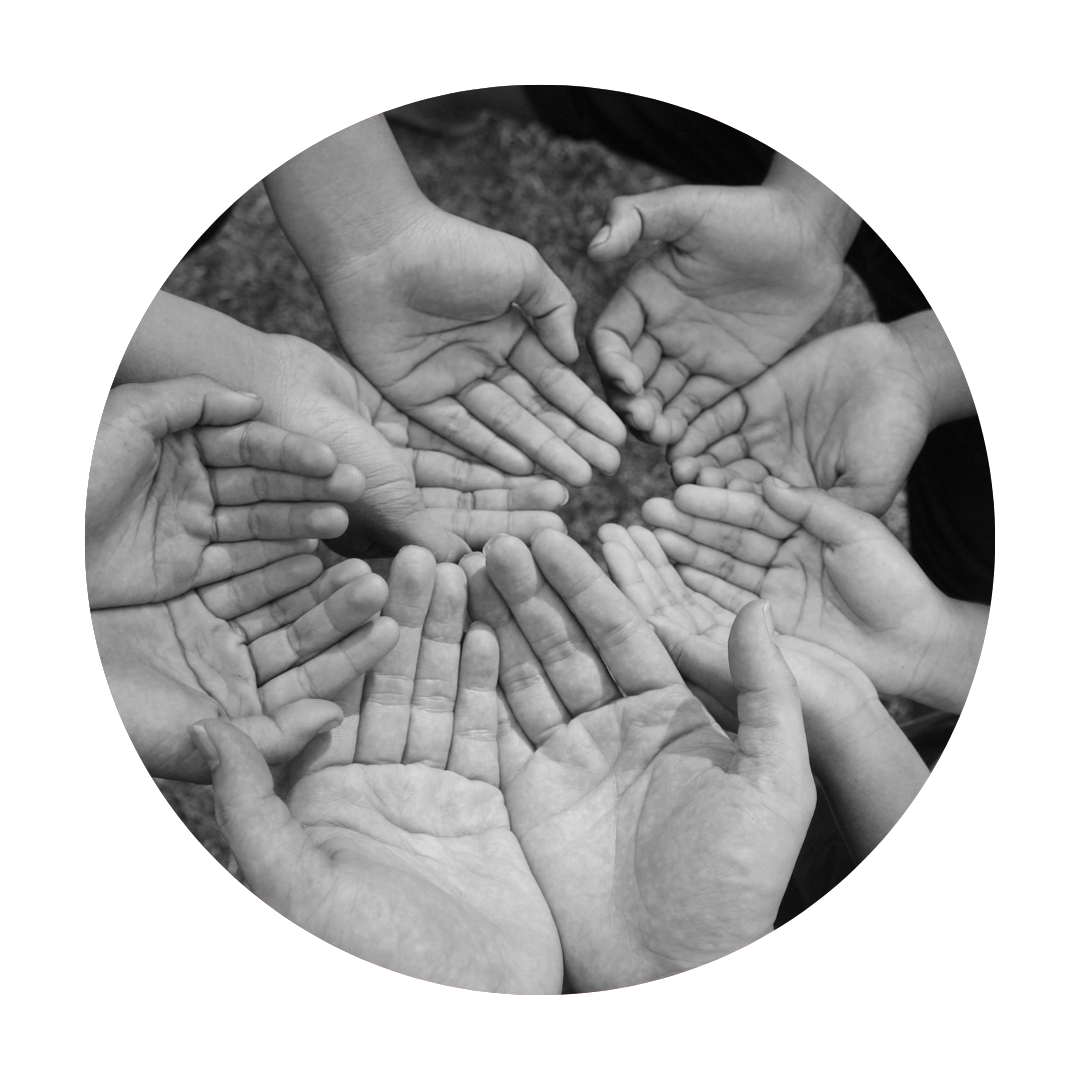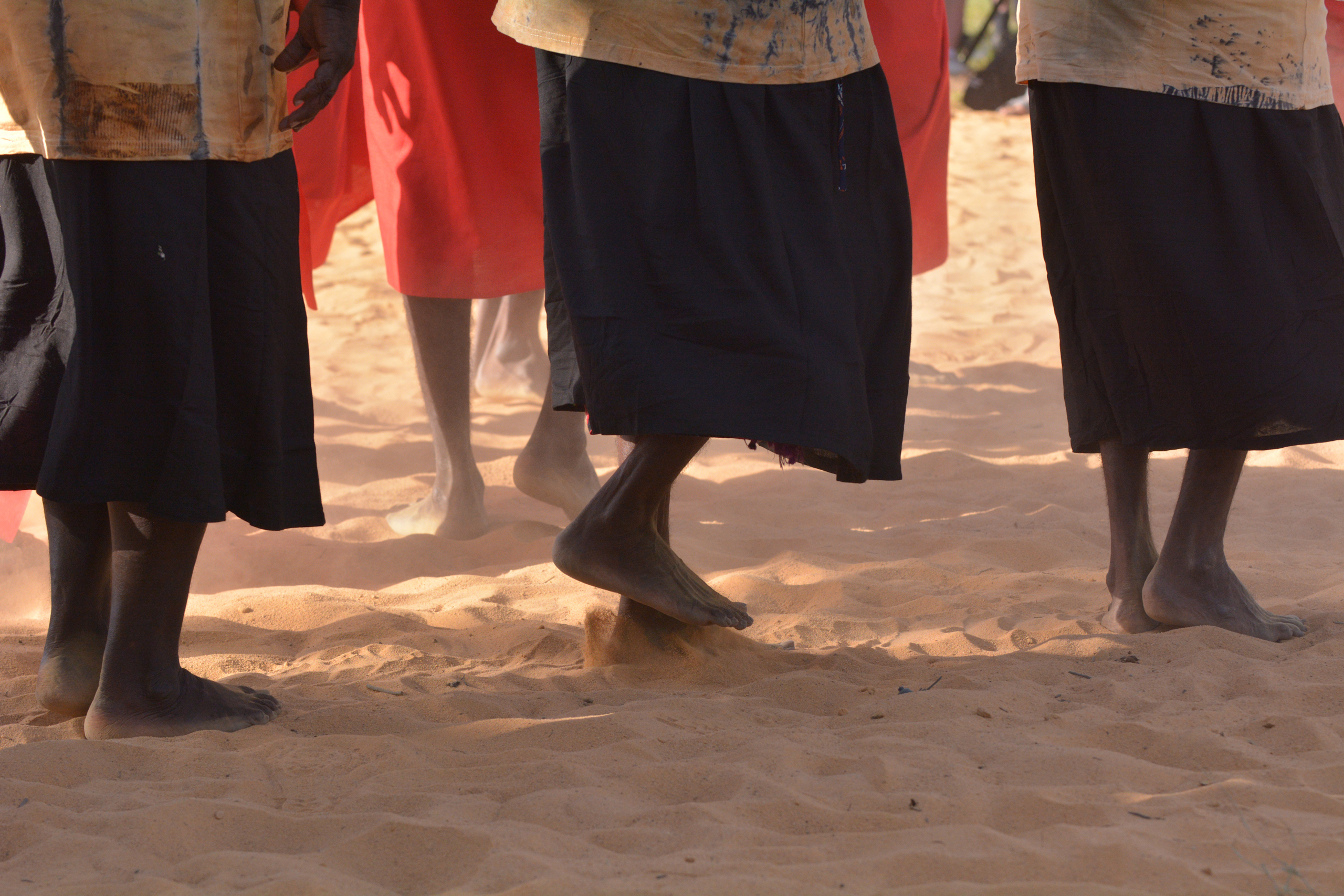Domestic violence and family violence
Domestic violence includes physical, sexual and emotional abuse and often refers to violence in the home and intimate relationships.
The term ‘family violence’ is broader and recognises the complex kinship of First Nations people. It includes violence between couples of the same or different sexes, and between other family members, such as against children, aunties, or elders.
Domestic violence is a form of family violence (Morgan and Chadwick 2009).

Family violence is one of the most complex human rights abuses affecting First Nations people. The prevalence, severity and consequences of family violence affecting First Nations people justifies the urgent implementation of the recommendations of the National FVPLS Forum. Family violence can include:
physical or sexual assault
stalking or harassment
emotional or psychological intimidation & abuse
denying a person their freedom
damage or destruction of property
causing injury or death to an animal
denying financial support or freedom
preventing a person having other relationships and friendships
Disproportionate rates of family violence affecting First Nations people
The consequences of family violence on First Nations women, children and communities are extensive, inter-generational and costly:
Children in Care: Family violence is the primary driver of First Nations children into out-of-home care, and 88% of Aboriginal children in care have experienced family violence.
Health: Family violence has been associated with negative health impacts for women and children, including higher rates of injuries from weapons, miscarriage, pre-term birth and low birthweight, and other long-term health consequences (AIHW 2019 p.115).
Trauma: First Nations women who experience family violence are more likely to have a mental health condition, and to experience psychological distress, PTSD, depression, anxiety, suicide and drug and alcohol abuse, and these can also be suffered by their children.
Incarceration: First Nations women are increasingly mis-identified as offenders in family violence incidents, fuelling rates of incarceration.
Homelessness: First Nations women and their children are at risk of homelessness when escaping family violence.
The scale and consequences of family violence are much greater than this, however, as some studies estimate that 90% of violence against First Nations women is not disclosed. First Nations women risk losing their children, their housing and their lives when escaping family violence, and often do not report family violence or seek support because of a lack of trust in police, shame, the risk of retribution, fear of losing their children and housing, and fear that their partner may go to prison.
What are the risk factors?
Gender: More than 80% of First Nations victims-survivors of physical and sexual assaults are female.
Physical abuse: Almost 80% of physical assaults are against First Nations people aged 20 and 54 years, which is an age group that are likely to have children.
Sexual abuse of children & young people: About 80% of sexual assaults victims were aged between 0–19 years, causing life-long effects on the future of these young people.
Rural and remote: Rates of violence against First Nations women are up to 80 times worse than other woman in some rural and remote areas.
Inadequate services: Service mapping shows that regional and remote areas with high need have the fewest number of services available to First Nations victim-survivors.
Disability: Rates of family violence is higher for people who live with a disability.
Alcohol and drugs: First Nations people reported alcohol or other substances contributed to their most recent experience of physical violence (70% of males and 67% of females) and this was higher in remote areas (76% compared to 65%).
Government’s response to family violence & Closing the Gap
The Australian Government announced that Target 13 would be implemented by a five-year Aboriginal and Torres Strait Islander Action Plan (2022-2027), that would form part of the over-arching National Plan to End Violence against Women and Children 2022-2032. Please see the response of the National FVPLS Forum here to the National Plan to End Violence against Women and Children 2022 - 2032.
The Australian Government is due to deliver the following two reports in August 2023:


